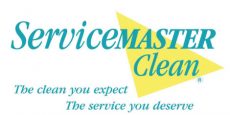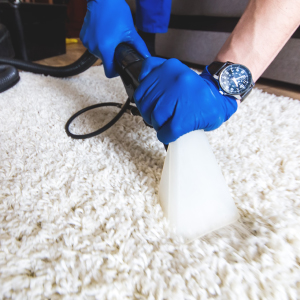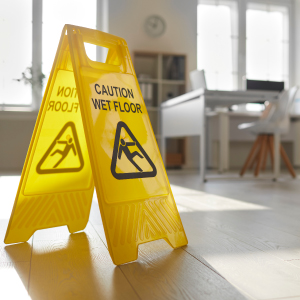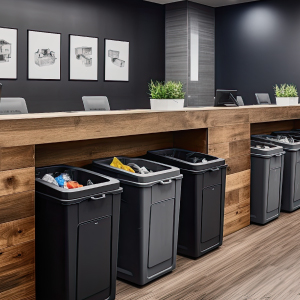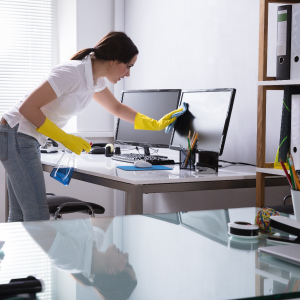Woollen rugs can be a significant financial investment and require care and attention to maintain their condition. Nevertheless, a woollen rug should last for a long time if it is treated properly, and the manufacturer’s instructions are always a sensible place to start.
Having a woollen rug professionally cleaned is one option but it’s inevitably more costly than doing it yourself, so you might decide to go down the DIY route.
Firstly, it may be that the manufacturer specifies a particular cleaning product, but if not, it’s worth getting a cleaner or shampoo that is specifically suitable for wool.
Just like a new carpet, a new woollen rug sheds fibres so to start with it requires gentle vacuuming on a regular basis until most of the shedding fibres have been collected. The more delicate the rug, the gentler its treatment needs to be so if you’re vacuuming twice a week when it’s new, try to cut that down to once when it’s stopped shedding (notwithstanding unexpected dirt or spillages or other debris of course).
If your vacuum cleaner has a rug-specific setting (including one for pet hair) it makes sense to use it, but either way, try to vacuum in a V pattern on a lower setting (beater settings can be too vigorous and pull out the fibres) until you’ve gone over the whole rug. The alternating direction of motion is less damaging to the woollen fibres, picks up more dust and debris, and restores the pile when you’ve finished.
When you shampoo, use the manufacturer’s recommended product or a product made for wool rugs if you can. If not, a cupful of non-biological laundry detergent diluted in a bucket of cold water will also work well. To be on the safe side, test a patch to check for colour fastness before committing to the whole thing.
Don’t over-wet the rug as wool is pretty absorbent, just dampen a microfibre cloth with the solution and dab rather than rub in the direction of the fibres. Rinse and repeat on dirtier areas but always go gently and never soak.
When you’ve finished shampooing, rinse the rug by dabbing again with plain water and blot it with a microfibre cloth, then leave until it’s completely dry – don’t use artificial heat.
It’s better not to use a steam cleaner for rug DIY cleaning as this produces hot water and tends to saturate the rug (turning dry dirt into damp mud).
When your woollen rug is newly clean and dry, consider rotating it so that it wears evenly and doesn’t become dirtier in one particular area.
This DIY method should certainly lengthen the time between calling in the professionals who will clean your rugs using the right specialist equipment, but for real deep cleans or a very expensive rug, you may feel safer having it professionally cleaned by experts every time.
